Plastic microbeads are prohibited for use in rinse-off cosmetics. If a rinse-off cosmetic contains plastic microbeads, it is adulterated (and therefore illegal).1 21 USC 331(ddd)
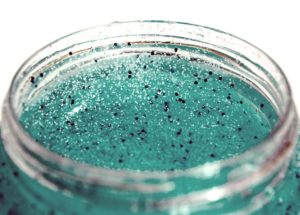
Definition:
A plastic microbead is any solid plastic particle that is less than 5 millimeters in size and is intended to be used to exfoliate or cleanse the human body or any part thereof.
For reference, 5 mm is 0.197 inches (rounded) or 13/64 in (just slightly more than 3/16 in).
Background
In 2015, the Microbead-Free Waters Act of 20153Pub.L. 114–114 was signed into law. It updated the Food Drug and Cosmetic Act to prohibit plastic microbeads in rinse-off cosmetics, including toothpaste (which is usually both a cosmetic and a drug). The ban took effect as of 2018.
Congress passed this law to address concerns about microbeads in the water supply.4 https://www.fda.gov/cosmetics/cosmetics-laws-regulations/microbead-free-waters-act-faqs There is evidence that when plastic microbeads go down the drain they may not be effectively filtered in water treatment filtration systems and may end up in our lakes and oceans.5https://oceanservice.noaa.gov/facts/microplastics.html
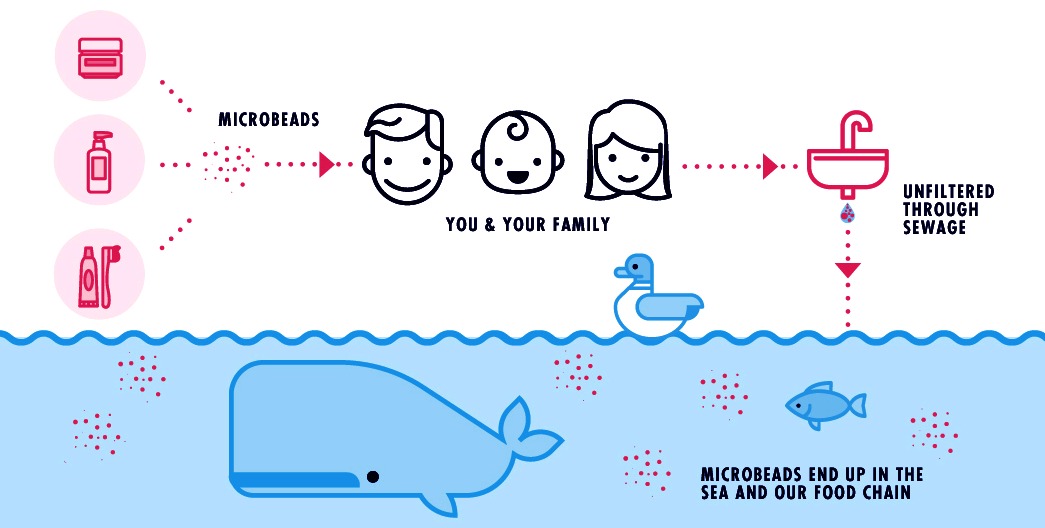
Several states also have laws which ban products containing microbeads. Because the various state laws are different, Congress felt the need to have a single Federal law that would apply nationally. The Microbead-Free Waters Act of 2015 includes a provision to preempt state law; no state or political subdivision of a State may establish or keep in effect any laws concerning plastic microbeads which aren’t identical to the federal restrictions.
Cosmetic Safety
According to the FDA, there is no evidence suggesting that plastic microbeads, as used in cosmetics, pose a human health concern.7 https://www.fda.gov/cosmetics/cosmetics-laws-regulations/microbead-free-waters-act-faqs
Other Micro-plastic in Cosmetics
The Microbead-Free Waters Act of 2015 only prohibits plastic microbeads in cosmetics when they are used to cleanse or exfoliate. Micro-plastics which are used for other purposes are not prohibited. There is currently a proposal moving forward in the EU to ban intentionally added microbeads and microplastics in a variety of products, including cosmetics.8Registry of restriction intentions until outcome; microplastics
Glitter, used in everything from eye shadow to hair spray, is most often made taking a very thin sheet of plastic, most commonly polyethylene terephthalate (PET plastic) and bonding color(s) to it. The sheet is cut into small particles, ranging from 0.065 mm to 3.125 mm.9Girly Bits Cosmetics – Glitter Size Chart In essence, glitter IS a micro-plastic but it is not banned because it is not used to cleanse or exfoliate.
References
| ↑1 | 21 USC 331(ddd) |
|---|---|
| ↑2, ↑6 | Courtesy of https://www.blue-growth.org/ |
| ↑3 | Pub.L. 114–114 |
| ↑4, ↑7 | https://www.fda.gov/cosmetics/cosmetics-laws-regulations/microbead-free-waters-act-faqs |
| ↑5 | https://oceanservice.noaa.gov/facts/microplastics.html |
| ↑8 | Registry of restriction intentions until outcome; microplastics |
| ↑9 | Girly Bits Cosmetics – Glitter Size Chart |
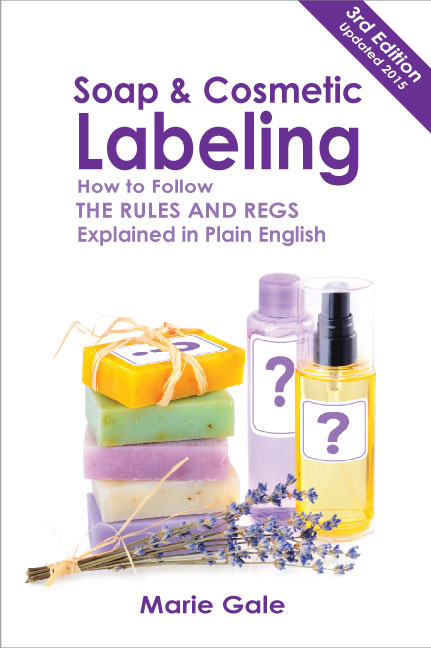
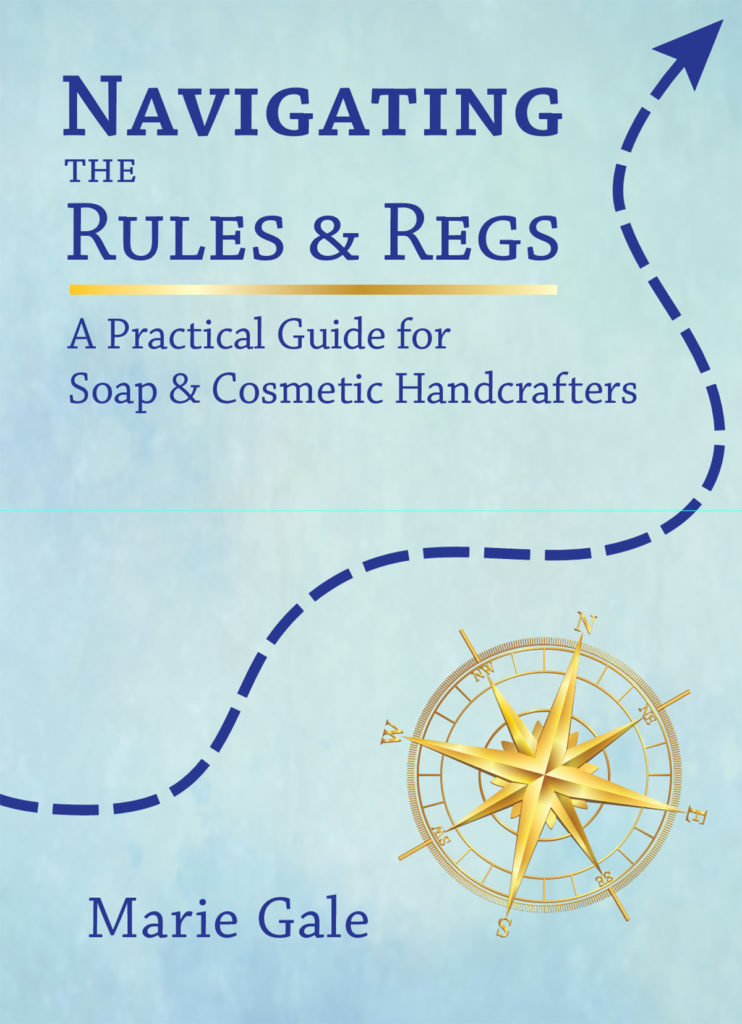
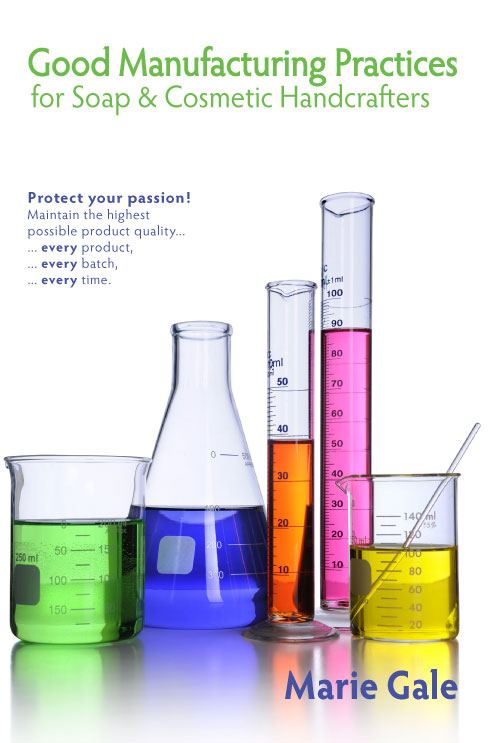
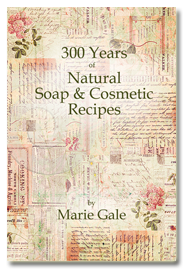
Leave a Reply